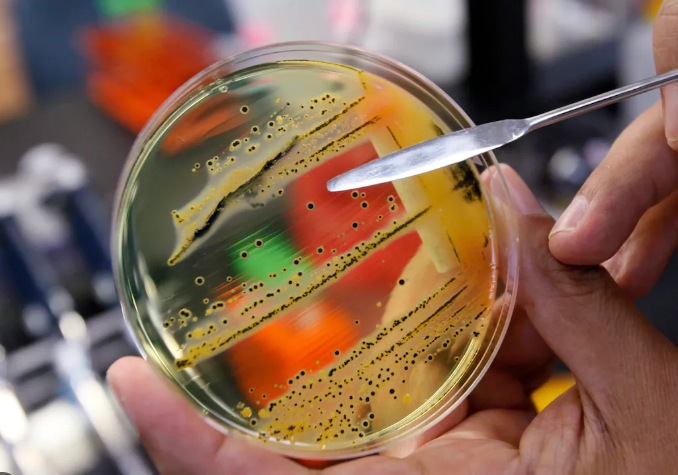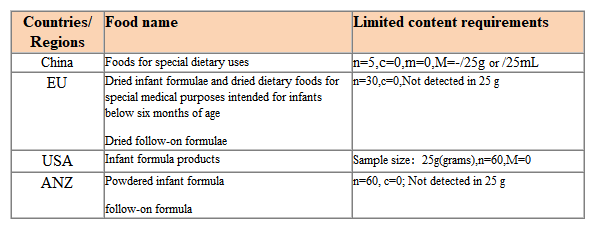
Salmonella is a common source of food contamination that can cause food poisoning and infection in humans and animals, especially in infant formula milk powder. Below, Foodmate will take you to learn about the relevant content of Salmonella.
What is Salmonella
Salmonella is a common foodborne pathogen, belonging to the Enterobacteriaceae family and Gram negative Enterobacteriaceae.There are various types of Salmonella, including Salmonella typhi, Salmonella paratyphi, and non Salmonella typhi. Different types of Salmonella can cause typhoid, paratyphoid, fever, abdominal pain, etc. People of different age groups can develop illnesses due to infection with Salmonella. Due to the fragility of the immune system in infants and young children, especially highly susceptible infants (including premature infants, low birth weight infants, immunodeficient infants, etc.), once fed formula milk powder contaminated with Salmonella, they are very likely to get sick with infection, resulting in symptoms of enteritis such as fever and diarrhea. In severe cases, it may lead to sepsis and even death.
The main pathways of Salmonella contamination in infant formula milk powder
The main source of Salmonella pollution is human and animal feces, which pollutes food through water, soil, animals, carriers, factory facilities, and other means and places. Salmonella has a certain resistance to the external environment, so it can survive for weeks to months in water, milk, meat, and egg products, and can survive for more than 30 days even under high salt conditions. There are many reasons why infant formula milk powder may be contaminated with Salmonella, such as substandard air cleanliness in production environments, indirect product pollution caused by contact with production equipment and other production environments, incomplete sterilization of production equipment, improper mixing of infant formula milk powder by consumers, and prolonged storage after mixing, which may cause bacterial growth, all of those may lead to Salmonella pollution.

Limit requirements for Salmonella in various countries
Control measures to prevent Salmonella contamination
Pollution of Salmonella in infant formula milk powder. Firstly, infant formula milk powder production enterprises should: establish a scientific and effective HACCP system, and implement their main responsibilities; provide safe raw materials and products, strictly control production processes, and strengthen microbial control in the transportation process and production processing of dairy products; reduce the storage time of fresh milk as much as possible during production, clean and sterilize the milk in a timely manner, and thoroughly clean the equipment; establish strict hygiene conditions during the production process to minimize microbial contamination as much as possible. Secondly, enterprises should regularly conduct health examinations for employees and strengthen food safety knowledge training for employees, carry out risk monitoring of salmonella and other Enterobacteriaceae microorganisms in production and processing, analyze the pollution level and trend of pathogenic microorganisms in infant formula milk powder, and provide scientific basis for food safety risk assessment and early warning. In addition, consumers need to enhance their self-protection awareness and master the correct methods of milk powder preparation and feeding. In order to reduce the risk of Salmonella infection in infants and young children, feeding utensils should be thoroughly cleaned and strictly disinfected, and the environment should be kept clean.
Summary
In this article, we introduced the relevant content of Salmonella, and the Foodmate will continue to pay attention to the dynamics of relevant regulations, providing timely interpretation and sharing of important information for the industry.